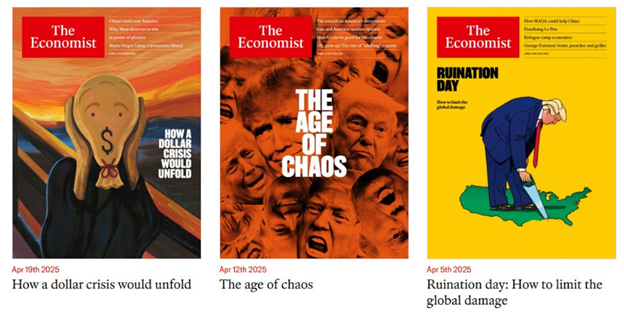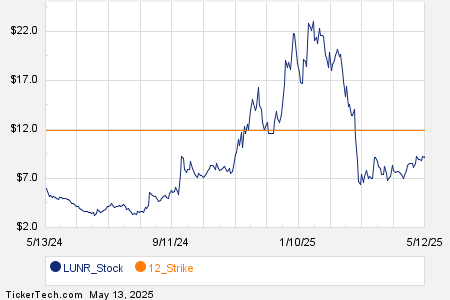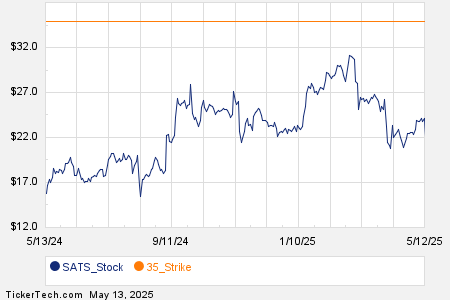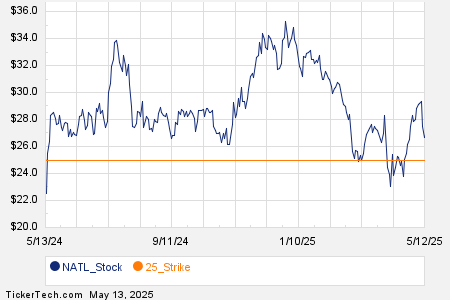U.S.-China Trade Truce Sparks Stock Market Rally
On Monday, surprising news emerged about the U.S. and China suspending the reciprocal tariffs that had previously rattled Wall Street and financial markets. The announcement prompted a collective sigh of relief, resulting in a significant market upswing. Investors flocked back to the stock market, with the NASDAQ rising by 4.4% and the S&P 500 and Dow Jones increasing by 3.3% and 2.8%, respectively.
In this edition of Market 360, we’ll explore the implications of this U.S.-China trade truce and its importance. Additionally, I will provide insights on how to position your portfolio for future developments.
U.S.-China Trade Agreement Details
Treasury Secretary Scott Bessent described the recent trade discussions with China as “a very robust and productive discussion.” During the talks, topics included fentanyl, increased U.S. exports to China, and reductions in tariffs.
Ultimately, both countries agreed to a 90-day trade truce while they continue negotiations. The U.S. has reduced tariffs on Chinese goods from 145% to 30%, effective Wednesday, May 14. In turn, China lowered its tariffs on U.S. goods from 125% to 10%.
This trade truce follows closely on the heels of a new trade agreement between the U.S. and the U.K. On Thursday, the Trump administration announced a comprehensive deal that lowered tariffs on British imports to a baseline rate of 10%. The U.S. aims to export $5 billion worth of goods to the U.K., including agricultural products, ethanol, and machinery. Furthermore, the U.K. can send 100,000 cars to the U.S. at a 10% tariff rate. The U.S. has also eliminated tariffs on steel imports.
President Trump expressed on Truth Social, “Because of our long-time history and allegiance together, it is a great honor to have the United Kingdom as our FIRST announcement. Many other deals, which are in serious stages of negotiation, will follow!”
This trade agreement is also aimed at increasing pressure on the European Union (EU). While the U.S. has a trade surplus with the U.K., it faces a substantial trade deficit with the EU. The Trump administration seeks to encourage the EU to increase production within the U.S. and lower its tariffs, although negotiations have faced challenges, including potential retaliatory tariffs from the EU.
Concerns Over the Tariff War
As the tariff war between the U.S. and China began in April, I anticipated that President Trump was employing tariffs as a negotiation tool to secure a better deal for the U.S. Nevertheless, widespread panic ensued. Media headlines forecasted dire consequences, such as:
“Trump’s trade shock hits the global economy” – Financial Times
“Trump’s tariffs risk a global trade war” – CNBC
“Trump trade war with China revives recession, bear market fears” – Reuters
“Wall Street and the dollar plunge as investors worry about Trump’s trade war” – PBS NewsHour
“The absurdity of Donald Trump’s trade war” – Financial Times
I maintained that most reciprocal tariffs would not be implemented, as countries would likely lower their trade barriers and commit to buying U.S. goods, with China as the primary tariff target.
In my view, the 10% baseline tariff would persist due to the substantial underground economy in the U.S. This provides a necessary avenue to address our soaring deficits and national debt without resorting to a Value Added Tax (VAT), which is politically unfeasible.
Moreover, I believe the dollar will strengthen enough that the impacts of the 10% baseline tariff may become negligible.
It’s important to recognize that these reciprocal tariffs were primarily intended as a negotiation starting point, aimed at prompting other nations to lower trade barriers or shift production to the U.S. Non-compliance would carry consequences.
State of trade imbalances warrants attention. For instance, despite being a major agricultural power, the U.S. has been a net importer of food for the past three years. Additionally, before the tariff tensions began, the European Union enforced a 10% tariff on American cars, while the U.S. charged only 2.5%.
Media Misrepresentation of the Situation
One factor amplifying the negativity surrounding the tariffs was media portrayal, particularly in Europe. Throughout the tariff escalation, the European media consistently laid blame on President Trump for various economic issues.
Economist Ed Yardeni recently showcased four negative covers from The Economist, highlighting a trend of criticism in both this publication and the Financial Times.
In my four decades of experience in finance, such contrary indicators often suggest it’s time to invest. While I recognize that public sentiment towards President Trump varies, the goal remains to achieve not just free trade but fairer trade.
My outlook for America is optimistic. We maintain a strong economic model and elements of food and energy independence. As the global economy becomes more constrained, only America, Brazil, and India show growth potential.
Recent data from the Consumer Price Index (CPI) confirmed an increase of just 0.2% in April, with a year-over-year rise of only 2.3%—the slowest rate since early 2021. This supports the notion that the Federal Reserve may be responding to a non-existent inflation crisis. More insights on this will follow in an upcoming Market 360.
Looking Ahead After the Panic
Now that the threat of hefty tariffs has dissipated, the same voices predicting a global economic meltdown seem less prominent. This underscores a critical takeaway: investors should remain vigilant and not be swayed by transient fears.
# The Emerging Economic Shift: A Call to Recognize the Rise of AI
In today’s financial landscape, be cautious not to be swayed by sensational headlines. Just because mainstream media suggests dire economic conditions doesn’t mean they’re accurate. The focus is misdirected; the potential risk to the U.S. economy isn’t from tariffs, but from a different source altogether.
We are approaching a pivotal moment in American history that I refer to as The Economic Singularity.
This point marks when traditional human labor becomes economically obsolete. Instead, artificial intelligence (AI) will be central, driven by a small number of technology companies and their investors.
The speed at which we are reaching this moment is astonishing, making it crucial to grasp the implications now, before it’s too late.
Those who harness these technological advancements will thrive. Conversely, those who do not risk being left behind.
This is why I am sharing important insights in a special presentation — and I encourage you to watch it promptly.
Sincerely,


Louis Navellier
Editor, Market 360





